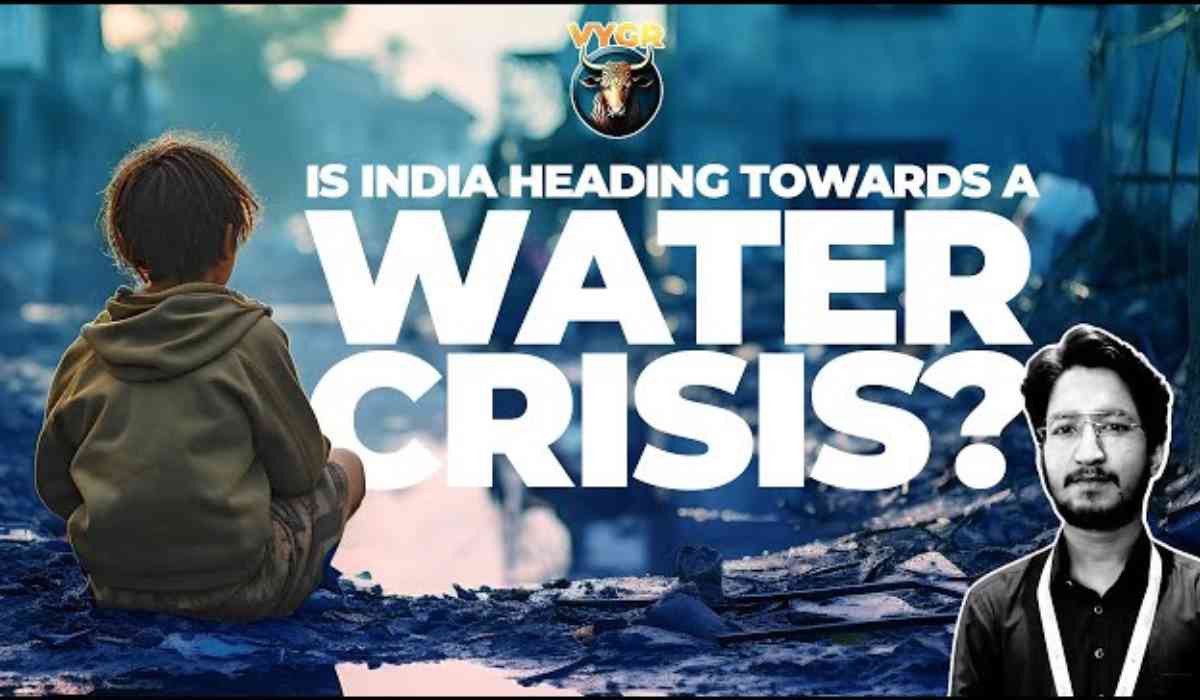India faces a complex water crisis. While some parts of the country suffer from water scarcity, other areas have excess water.
India, with over 1.4 billion people, accounts for 17% of the global population but has only 4% of the world's freshwater resources. This creates a significant issue of water scarcity that affects various aspects of life, including employment, health, and the environment. The problem needs a comprehensive approach that considers factors like agriculture, industry, and energy production. The complexity of the issue highlights the urgency of addressing it for India's economic growth.
To address India's complex water problem, we must look at it from multiple angles, whether there is a water shortage or excess water.
Water scarcity is a major concern in India, affecting economic growth and many aspects of people's lives. Long lines for water tankers demonstrate the struggle for access to water, as do the negative effects on employment, health, and the environment. While some regions experience crop failures as a result of insufficient rainfall, others experience excess water, posing unique agricultural challenges.
Surprisingly, despite being a major sugarcane producer, Maharashtra struggles with water scarcity. The complex situation is exacerbated by the intensive cultivation of water-demanding crops such as rice and sugarcane, which results in excessive extraction from underground sources. Climate change complicates the situation even more, with predictions of a 20% decline in rice production by 2050. Irrigated water crop production is expected to fall by 3.5% in 2050 and 5% in 2080. The country faces critical challenges in balancing water resources and addressing the effects of climate change.
The projected 5% decline by 2080 is concerning, as it will affect a variety of crops. To address India's water issues, it is critical to examine water use in agriculture, factories, and energy production. While efforts have been directed toward increasing water supply, controlling water consumption is equally important. There has been little discussion about water use, especially as water availability becomes a major issue. Action at the state, national, and local levels is required. Water sensors and state-specific water indices can help with effective water resource management. Creating a National Water Council, similar to the GST model, with state representatives and central leadership, can effectively address water issues. This council should focus on sustainable practices, such as reducing groundwater use and addressing issues like free electricity.
This council should focus on sustainable practices like reducing groundwater use and addressing issues like free electricity for pumps. Crop selection should take into account water availability in specific regions. Support for water-saving startups, as well as collaboration among various entities such as civil societies, corporations, FPOs, and businesses, is critical to addressing the urgent water challenge. To put innovative solutions into action and support the government's mission, we must work together. To bring about these changes and create a better future, we need courage and action.
© Copyright 2024. All Rights Reserved Powered by Vygr Media.
























